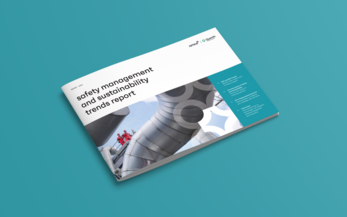Opportunities to integrate safety + sustainability
The increasing emphasis on sustainability is reshaping safety management. It is becoming increasingly apparent that ESG criteria contribute to a more robust safety management strategy.
The main safety issues impacting ESG reporting have traditionally covered areas such as human and social capital, materiality and risk, supply chain management, and transparency. The incorporation of measurements in additional areas such as psychological safety and employee mental health is evidence of the ongoing transformation in running a sustainable and socially responsible business.
ESG reporting is now also based on how an organization manages serious injury, illness, and fatality (SIF) prevention, physical well-being and work capability, as well as diversity, equity, and inclusion (DEI).
As companies expand their ESG programs to incorporate more goals related to healthy and supportive work environments, it will be essential to ensure the overall safety of employees. A work environment that values physical and mental safety can foster superior worker performance, increase profitability, and decrease operational expenses, all while contributing to sustainability efforts.
Take a deeper dive into the trends, challenges, and opportunities surrounding the world of safety and sustainability with our new 2025 Safety Management and Sustainability Trends Report. Explore the report to gain critical insights into safety management and sustainability in 2025 and how your organization can navigate the unique challenges and opportunities they present.




